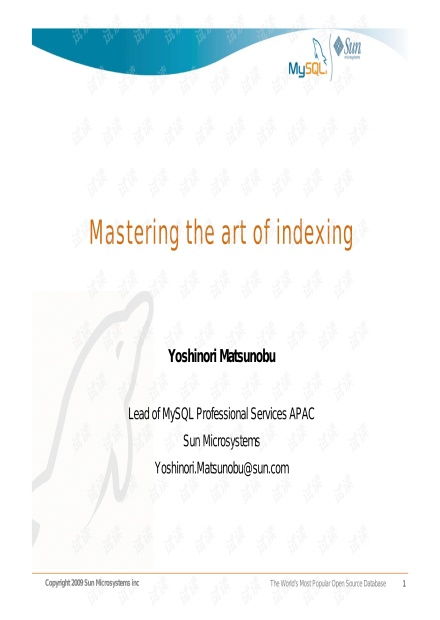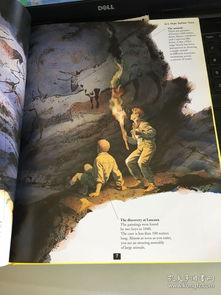Introduction:
Fishing for bottom fish, such as catfish, bass, and flounder, can be a rewarding and exciting experience. These fish are often found in shallow waters, close to the bottom, and require specific techniques to catch them effectively. In this comprehensive guide, we will delve into the art of bottom fishing, providing you with essential tips, techniques, and a detailed illustration to help you master this fishing style.
Understanding Bottom Fish:
Before we dive into the techniques, it's important to understand the habits and preferences of bottom fish. These fish are generally found in areas with a lot of structure, such as rocks, reefs, and sandbars. They are bottom feeders, meaning they search for food on or near the bottom of the water. Knowing this, we can tailor our approach to these fish's natural behavior.
Essential Gear for Bottom Fishing:
To start your bottom fishing adventure, you'll need the right gear. Here's a list of essential equipment:
- Rod and Reel: A medium-heavy to heavy-duty rod with a spinning or baitcasting reel is ideal for bottom fishing. The rod should be at least 6 to 7 feet long to handle the fight and the weight of the fish.
- Line: Use a monofilament line with a test rating of 10 to 20 pounds. This will provide enough strength to land your catch without breaking the line.
- Leader: A 6 to 12-inch leader of monofilament or fluorocarbon line is recommended to protect your main line from abrasion and to provide a more natural presentation.
- Hook: Depending on the type of bottom fish you're targeting, use a hook size ranging from 1/0 to 3/0. Circle hooks are often preferred as they reduce the likelihood of the fish throwing the bait.
- Bait: Live bait, such as worms, minnows, or crayfish, is often the most effective for bottom fishing. Artificial lures can also be used, especially in areas where live bait is scarce.
- Swivel and Sinkers: A swivel is used to prevent line twist, and a sinker is attached to the line to keep your bait on the bottom.
Techniques for Bottom Fishing:
- Locate the Hot Spots: Use a fishfinder or your local knowledge to locate areas with structure, such as rocks, reefs, or drop-offs.
- Cast to the Structure: Cast your bait to the edge of the structure, allowing it to fall to the bottom.
- Work the Bait: Once your bait reaches the bottom, start reeling slowly. The movement mimics the natural behavior of prey and can trigger a strike.
- Let the Bait Rest: After a few seconds of reeling, stop and let your bait rest on the bottom. This gives the fish time to investigate the bait.
- Maintain Sensitivity: Keep your rod tip slightly bent to maintain sensitivity. This will help you detect the subtle taps and pulls that indicate a fish is interested in your bait.
- Set the Hook: When you feel a tap or pull, set the hook quickly but gently to avoid spooking the fish.
Illustrations:
To help you visualize the process, here are step-by-step illustrations:
Locate the Hot Spot: Use a fishfinder to identify areas with structure.

Cast to the Structure: Cast your bait to the edge of the structure.

Work the Bait: Reel slowly to mimic the movement of prey.

Let the Bait Rest: Allow your bait to sit on the bottom for a few seconds.

Maintain Sensitivity: Keep your rod tip slightly bent to detect fish interest.

Set the Hook: Set the hook quickly but gently when you feel a tap.

Conclusion:
Bottom fishing can be a challenging but highly rewarding fishing style. By understanding the habits of bottom fish, using the right gear, and applying the proper techniques, you can increase your chances of success. Remember to practice patience and sensitivity, and enjoy the thrill of the catch. With this guide and the provided illustrations, you're well on your way to becoming a master of bottom fishing. Happy fishing!












